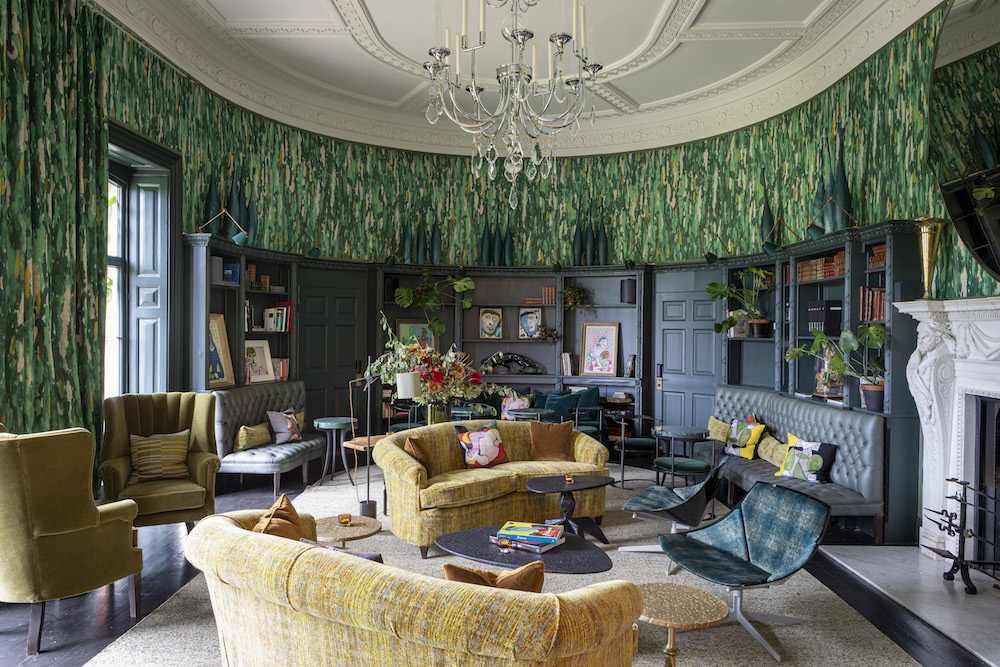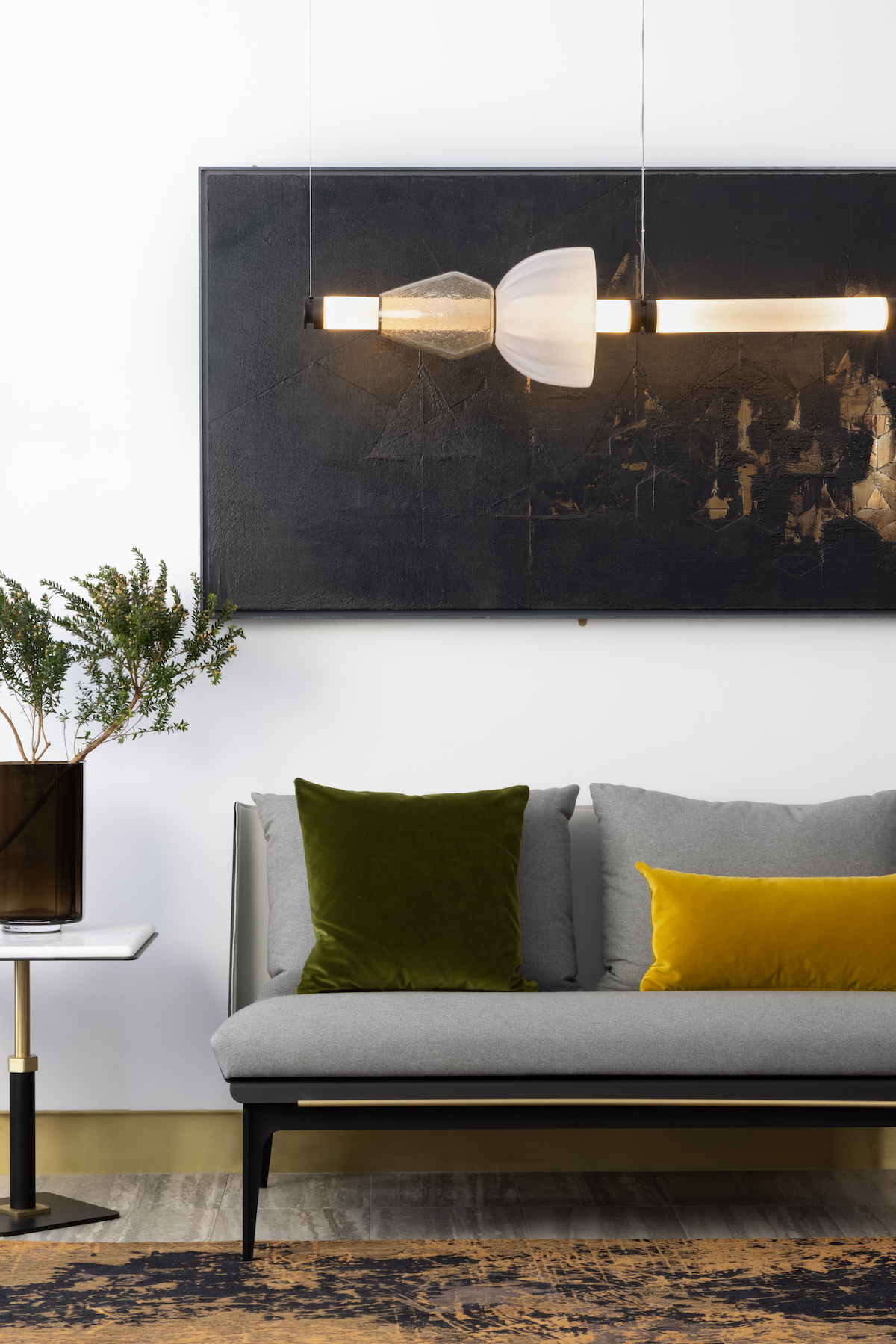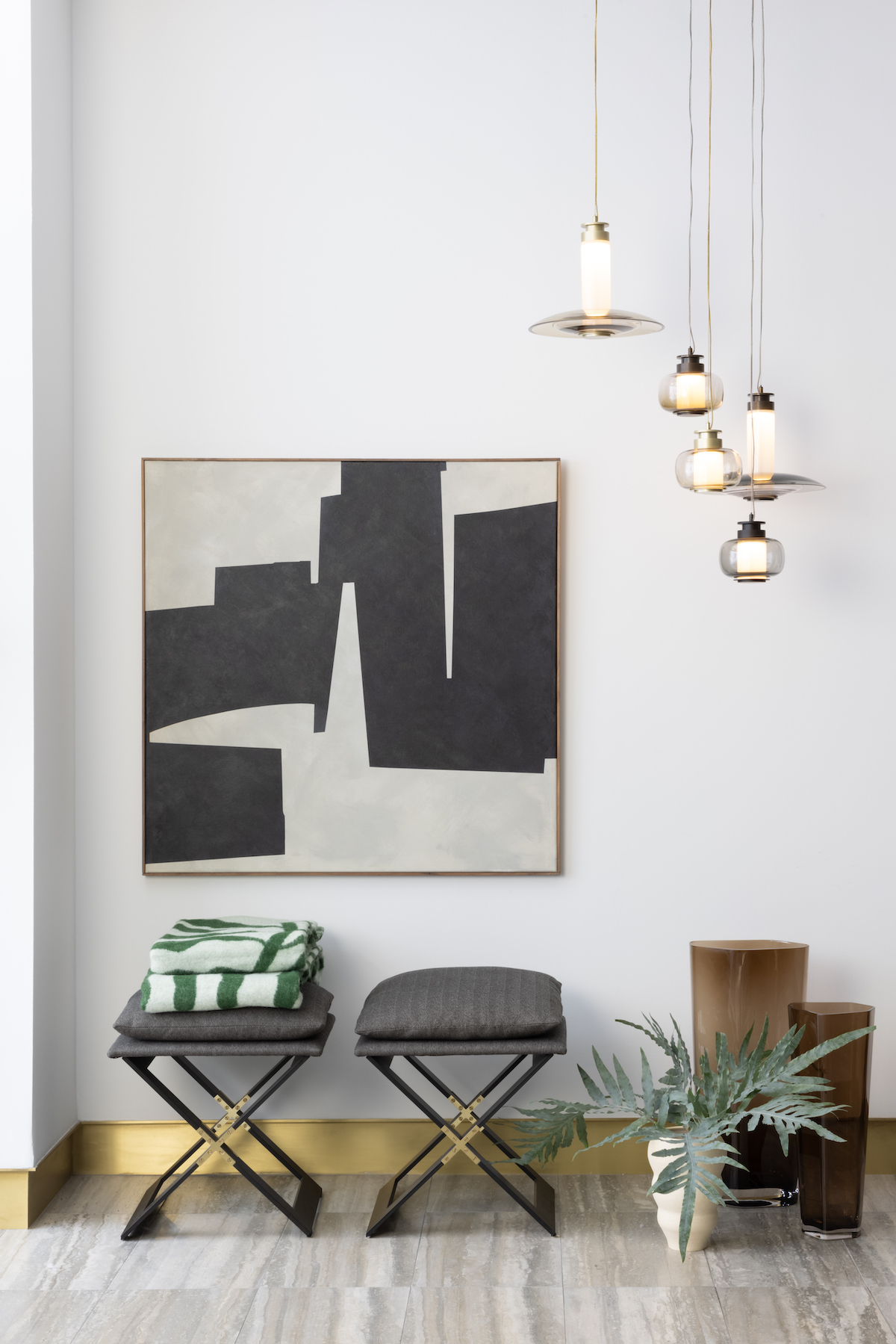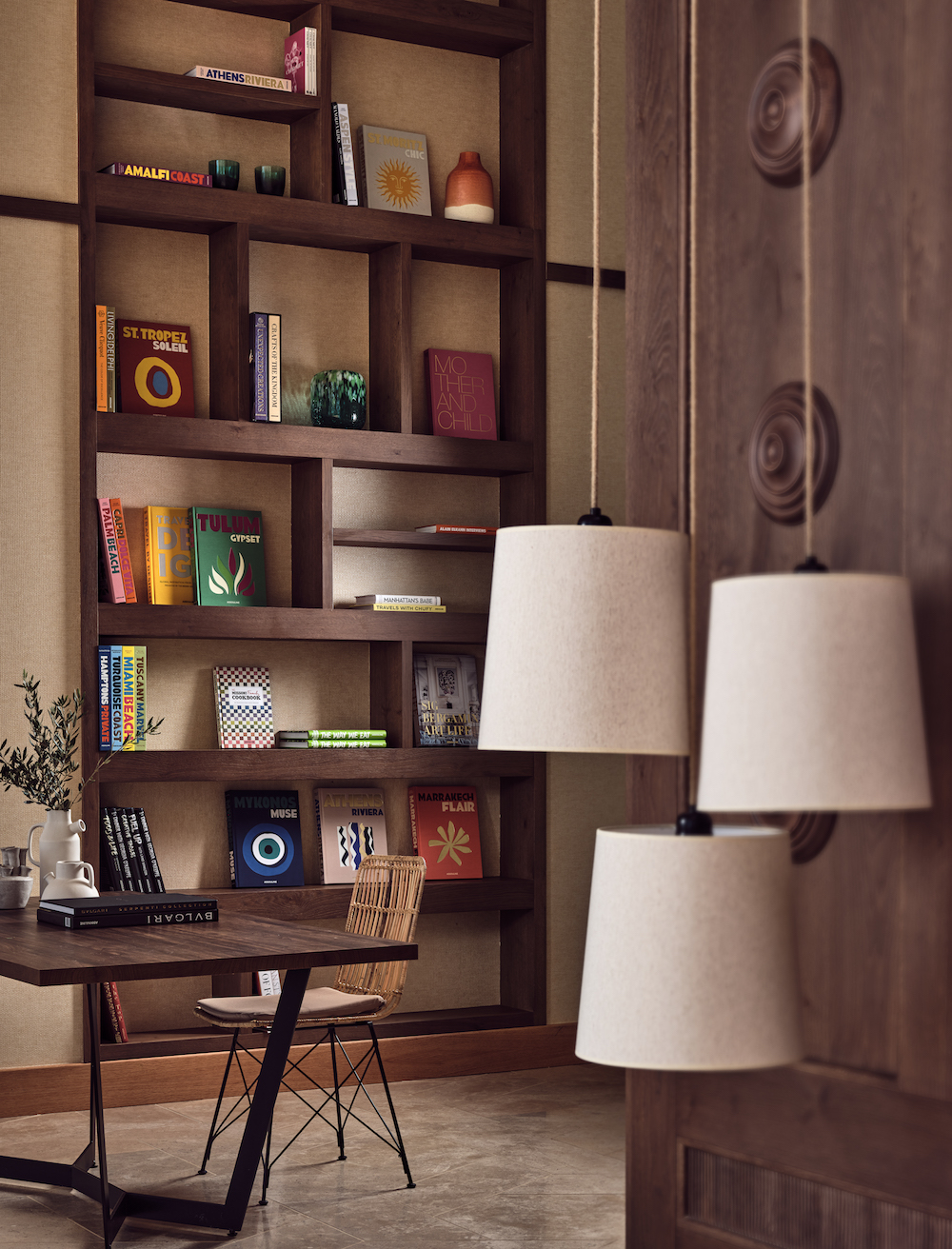Like all things in hotel design and hospitality, luxury and what is considered high-end is a subjective matter. Arguably, making the topic and discussion around it more compelling, the boundaries between luxury and lifestyle have no-doubt been blurred in recent years, as hotels adapt to new demands from modern travellers.
- Image credit: Gabriel Scott
- Image credit: Gabriel Scott
With the aim to explore luxury deeper than surface level, Hotel Designs and Gabriel Scott joined forces recently to bring together leading designers and architects inside the luxury brand’s showroom in Mayfair to explore luxe design and hospitality in 2022 and beyond.
On the panel:
- James Dilley, Director, Jestico + Whiles
- Sam Hall, Global Head of FF&E, GA Group
- Constantina Tsoutsikou, Founder, Studio LOST
- Rachel Hoolahan, Sustainability Co-Ordinator, Orms
- Martin Hulburt, Founder, Martin Hulbert Design
- Margarita Boulaki, Associate, Squire & Partners
- Rose Murray, Director, These White Walls
- Scott Richler, CEO, Gabriel Scott
The exclusive discussion, which marked the brand’s 10th anniversary, started with the question (05:50 in the video above): what materials, colours and trends are dominating interior design at the moment? The response from James Dilley, Director, Jestico + While, set the scene. “There are two things focusing us at the moment,” he said. “One is the natural quality of materials, and the other being craftsmanship.”

Image credit/caption: Zuri Zanzibar, designed by Jestico + Whiles
With more hotels opening to shelter a more in-depth sense of craft, Sam Hall, Head of Global FF&E, believes that mass production in luxury could be a thing of the past, as clients want items that are personal to their brand. “Everything has become so much more readily available,” she said. “It’s about the craftsmanship that makes the quality of the natural materials appear.”
This led the conversation into an interesting talking point, and the topic of biophilic design was introduced. Interior designer Martin Hulburt, who recently completed, for the second time in his career, a renovation inside The Grove in Hertfordshire, believed that nature can be used as a powerful tool when creating luxury spaces in the future. “The first time we renovated the hotel, we threw out the concept of luxury because we wanted to create something different,” he said. “Recently, we just went into the project with an open mind. I have always preferred using unpolished wood over veneered-looking wood, or sackcloth over silk. In this case, we have mixed them all up together.”

Image credit: The Gove, Hertfordshire
Addressing the architects in the room, when the conversation went down the route of materials, the point was made for the need of a stronger relationship with interior designers and other contributors. At this point, Margarita Boulaki, Associate, Squire & Partners, brought up the need for collaborative approaches. “Materials and sustainability are combined in the design process,” she said. “We see natural materials in the architecture structure and it’s not uncommon these days for these elements to be exposed for interior designers to start their concepts from there. It’s a highly integrated process, from inside out.”
It would be remiss to have a discussion regarding luxury without bringing up lifestyle, which was the perfect cue for Rachel Hoolahan, Sustainability Co-Ordinator at Orms, which in 2019 completed its work on The Standard London. “When you come into a building like The Standard London, you have to be inspired by what you are inheriting,” she said. “For us, that was the facade. Our plan was to retain the original structure, which was at the time considered a negative contributor. After understanding why this was, we then decided to add a contemporary extension to the building. 1960s brutalist original concrete is not what people would consider luxury. The interior designers, though, were really inspired by this retro aesthetic, and worked with the building to pair soft furnishings, which created a warm and welcoming experience.”

Image credit: The Standard London
Naturally, the talk strayed into the territory of residential, and Rose Murray, Director, These White Walls, explained how more reference points from her residential clients are steering towards hotels. “You want a sense of escapism into your home,” she said. “And people tend to go to hotels when they want to get away and take inspiration from there. There is therefore a sense of bringing in rustic luxe and paired-back luxury in residential design, which becomes interesting because it is about slowing everything down. Design then easily becomes more about feeling over look.”
Moving into the process of design and specification, the panel started to explain how much more involved clients are in 2022 when it comes to design decisions, as Constantina Tsoutsikou, Founder, Studio LOST, explained: “When I designed The Royal Senses Resort, I found myself using honest materials and detailing them with a luxury mindset,” she said. “A lot of the time, clients can’t describe what they want with words, as it’s more of a feeling and ambiance they want to create. I think that’s what luxury means today, a comfortable home-from-home feeling that’s elevated. As an interior designer, the more trust I have, [from my clients] the more creative I can be.”
- Image credit: The Royal Senses Resort, Curio Collection by Hilton
- Image credit: The Royal Senses Resort, Curio Collection by Hilton
The debate around luxury continues, but as we leave the conversation to filter the talking points into further debates and discussions between other industry experts outside the Gabriel Scott showroom, it’s clear that among the designers, architects and clients, there is more empathy and open-minded attitudes towards challenging conventional approaches to the luxury hotel design and hospitality. The parameters, as far as I can see, are working within the boundaries of the hotel’s DNA to ensure that each decision made on the project has a meaning, which will ultimately add a new, innovative layer to the overall design and hospitality scheme.
Main image credit: Gabriel Scott




